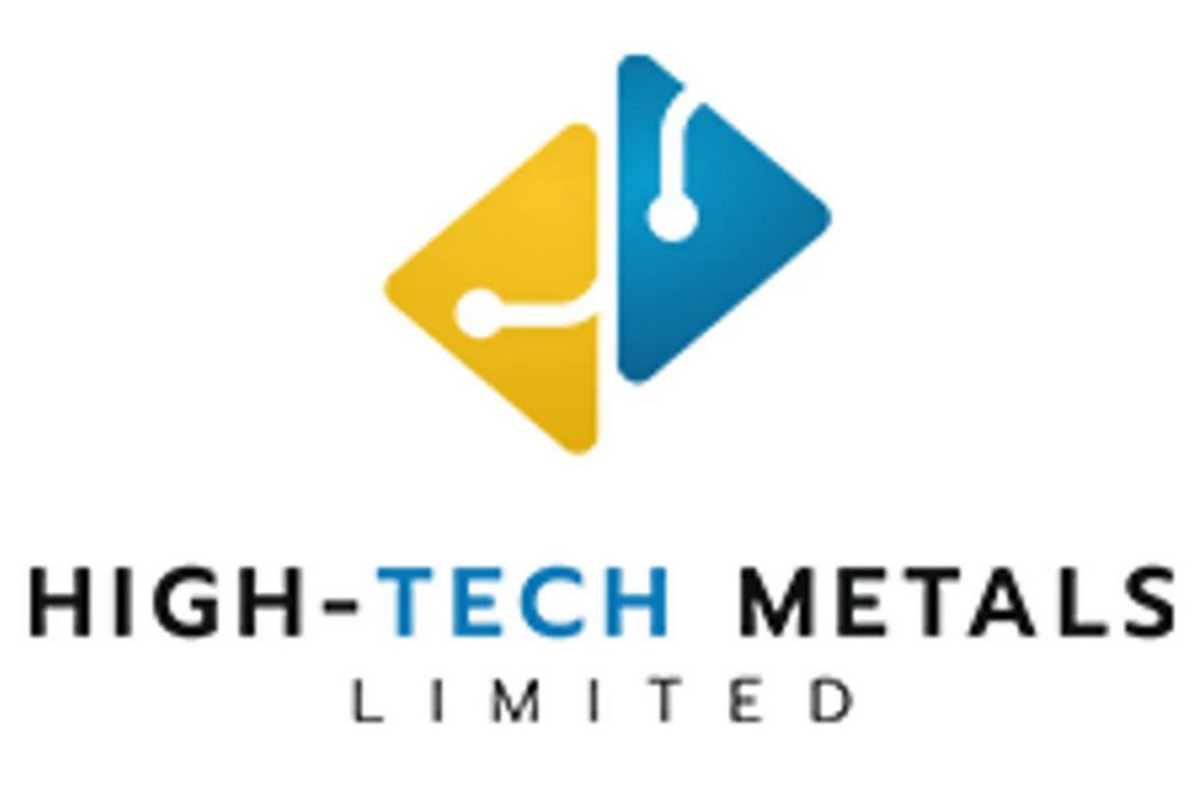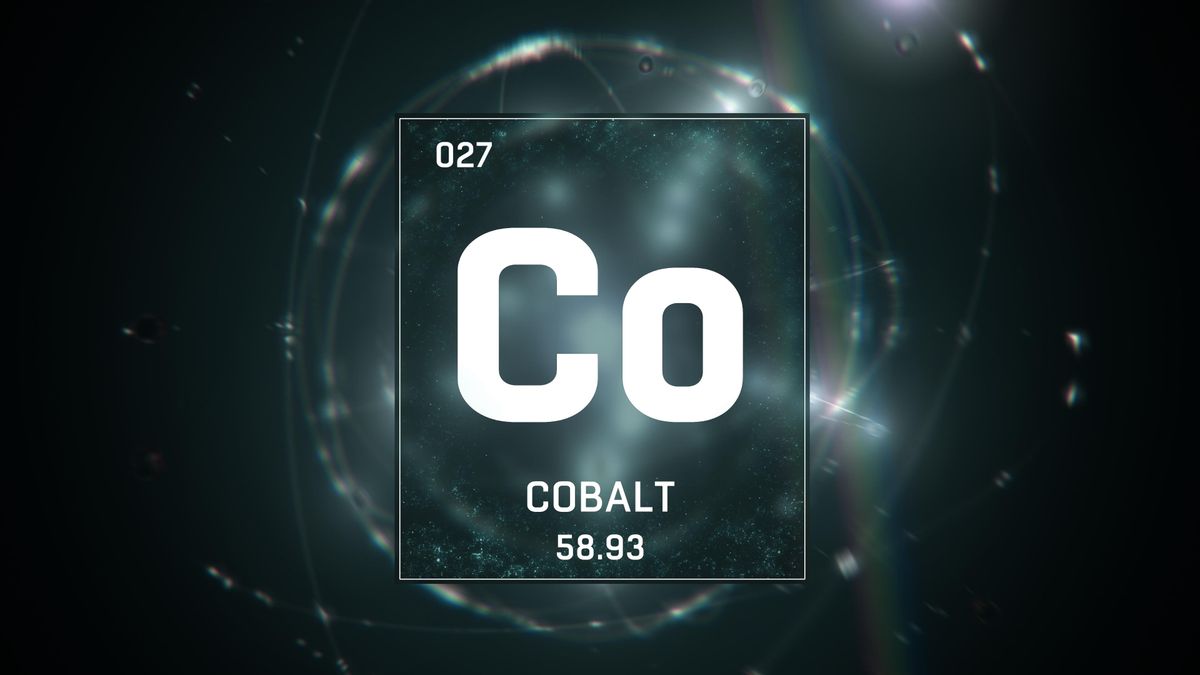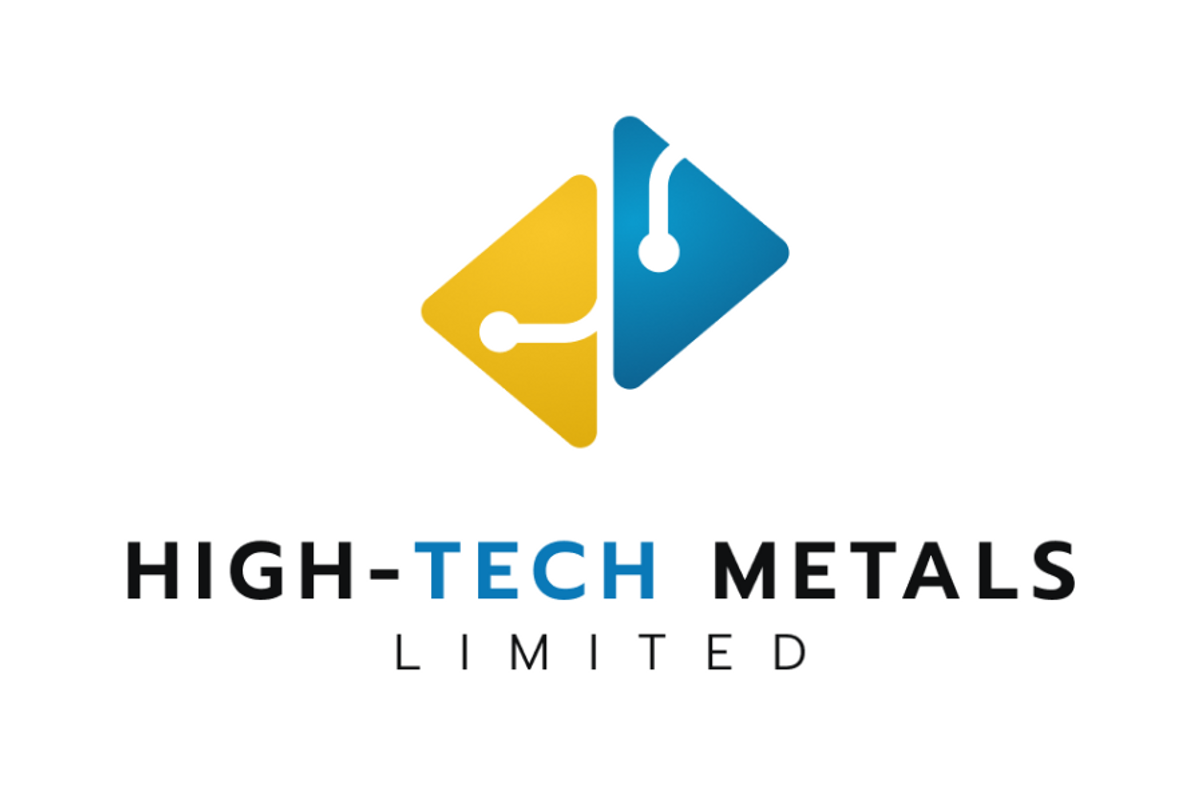
October 29, 2023
High-Tech Metals Limited (ASX: HTM) (High-Tech, HTM or the Company) is pleased to provide the following report on its activities during the quarter ending 30 September 2023. The Company’s primary activities during the quarter were the mapping and sampling program at the wholly owned Werner Lake Project (Werner Lake, or the Project) located in northwestern Ontario and acquisition of the Norpax Deposit (Norpax).
HIGHLIGHTS
High-grade nickel sulphide (greater than 1% Ni) rock chips sampled at Werner Lake, which has predominately been explored for cobalt and copper previously, also returned high grade samples including 6.22% Cu and >1% Co.
Additionally, more than 12 samples exceeded grades of 1% cobalt or 1% copper (exceeded upper detection limit) including individual sample results of:
- Sample F0015125 - 6.22% Cu and 0.5% Co;
- Sample F0015010 - 3.48% Cu and >1% Ni;
- Sample F0014501 - >1% Co and 0.2% Cu; and
- Sample F0015073 - >1% Ni and 0.8% Cu.
The HTM field team collected 209 rock samples over the course of June and July that greatly assisted in delineating the Ni-Cu-Co drill targets.
The Company has significantly increased its exposure to nickel sulphides and copper through the acquisition of Norpax and option of Reynar Lake Projects.
Norpax Deposit:
- A historical non-JORC compliant resource of 1,010,000 tonnes 1.2% Ni and 0.5% Cu1.*
*The historical estimates are not reported in accordance with the JORC codes. A competent person has not completed sufficient work to classify the historical estimates as a mineral resource in accordance with JORC Code. It is uncertain that following further exploration work that the historical estimates will be able to be reported as mineral resources within the JORC Code. - The area has a rich history in nickel sulphide mines with the old Gordon Lake Mine located 3.5 km to the East of Werner Lake, which produced 1,370,285 tons averaging 0.92% Ni and 0.47% Cu and has existing reserves of 170,420 tonnes averaging 0.85% Ni and 0.35% Cu2.
Reynar Lake Project:
- Reynar Lake Project immediately adjoins HTM’s Werner Lake Project.
- The ground is highly prospective for Ni, Cu and Co and should the option be exercised, it will provide HTM with additional landholding to potentially increase its cobalt Resource and explore for additional nickel sulphide mineralisation.
Werner Lake Sampling Program
During the quarter, High-Tech announced that significant results were achieved through the Ni- Cu-Co geochemical assessment of 209 rock samples collected during the 2023 field season at Werner Lake (Please refer to ASX Announcement dated 30 August 2023).
The results were extremely encouraging for Werner Lake and confirm the Cu-Co potential of the Project, as well as the discovery of high-grade nickel sulphide at surface. With 209 samples taken as part of the program, more than 12 samples exceeded grades of 1% cobalt or 1% copper (exceeded upper detection limit) including individual sample results of:
- Sample F0015125 - 6.22% Cu and 0.5% Co;
- Sample F0015010 - 3.48% Cu and >1% Ni;
- Sample F0014501 - >1% Co and 0.2% Cu; and,
- Sample F0015073 - >1% Ni and 0.8% Cu.
Targeted lithologies included intrusive mafic and ultramafic rocks with variable amounts of sulphide (pyrite, pyrrhotite, pentlandite, and chalcopyrite) including some semi-massive concentrations. Samples were analysed for precious metals by fire assay and inductively coupled plasma-atomic emission spectrometry (ICP-AES) finish, base metals by ICP-mass spectrometry (ICP-MS) and for copper over-limit by ICP finish. The analysis was aimed at identifying areas of interest for further geological assessment for (but not limited to) Co-Ni-Cu mineralisation.
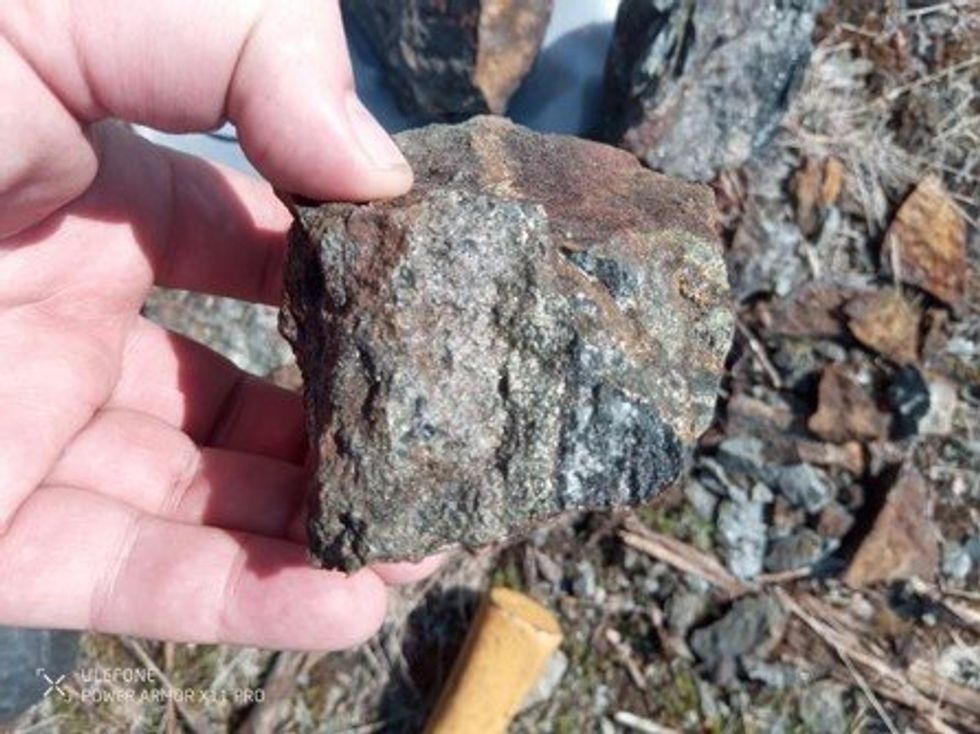
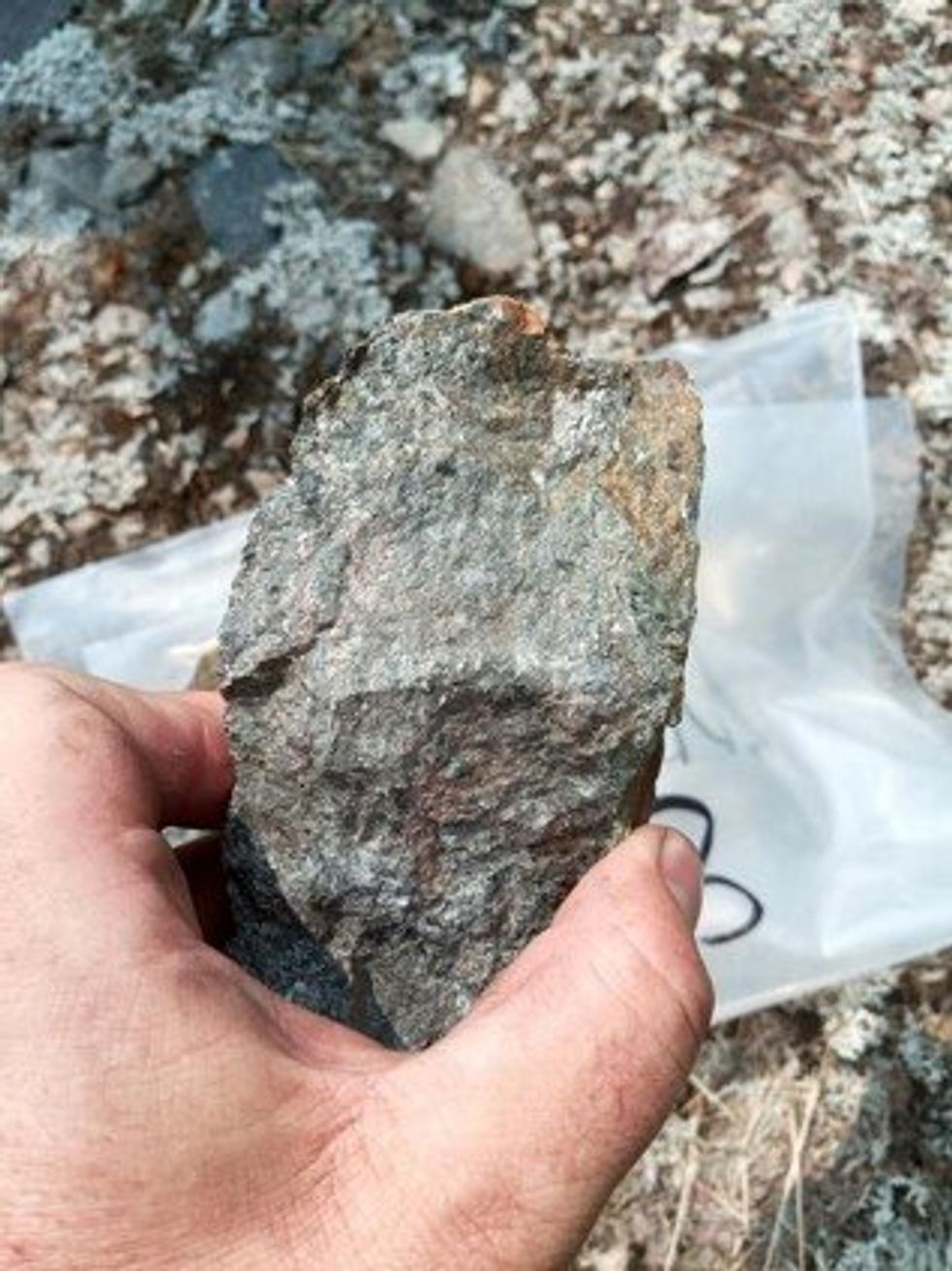
Norpax Acquisition and Reynar Lake Option
High-Tech announced on 6 September 2023 that it had entered into an agreement to acquire the Norpax and purchased an option to acquire the Reynar Lake Project (Reynar Lake) (Together, the Projects). The Projects are located in Ontario, Canada and are directly west and adjoin the Company’s existing project at Werner Lake.
The acquisition of the Projects increases HTM’s landholding in the Werner Lake Area and the Company’s exposure to battery metals such as copper, cobalt, and nickel.
Norpax consist of one mining claim covering an area of 1.11km2, which is approximately 1km west of the HTM Werner Lake property and 6km east of the Manitoba-Ontario Boarder and has a historic resource of 1,010,000 tonnes 1.2% Ni and 0.5% Cu2 (Refer to ASX Announcement dated 6 September 2023).*
*The historical estimates are not reported in accordance with the JORC codes. A competent person has not done sufficient work to classify the historical estimates as a mineral resource in accordance with JORC Code. It is uncertain that following further exploration work that the historical estimates will be able to be reported as mineral resources within the JORC Code
The Company intends to continue to review all available date on the Project and design an exploration program that will move towards a JORC 2012 compliant Mineral Resource Estimate (MRE).
Click here for the full ASX Release
This article includes content from High-Tech Metals, licensed for the purpose of publishing on Investing News Australia. This article does not constitute financial product advice. It is your responsibility to perform proper due diligence before acting upon any information provided here. Please refer to our full disclaimer here.
HTM:AU
The Conversation (0)
08 November 2023
High-Tech Metals
Capitalizing on Exploration Upside Potential of a Historic Cobalt Project
Capitalizing on Exploration Upside Potential of a Historic Cobalt Project Keep Reading...
12 January
Appointment of Chief Executive Officer
High-Tech Metals (HTM:AU) has announced Appointment of Chief Executive OfficerDownload the PDF here. Keep Reading...
31 October
Top 5 Canadian Cobalt Stocks of 2025
Cobalt prices regained momentum in the third quarter of 2025 as tighter export controls from the Democratic Republic of Congo (DRC) fueled expectations of a market rebound. After languishing near multi-year lows early in the year, the metal surged to US$47,110 per metric ton in late October, its... Keep Reading...
27 October
Top 3 ASX Cobalt Stocks of 2025
Cobalt is used in a wide variety of industrial applications, with lithium-ion batteries for electric vehicles (EVs) and energy storage systems as the largest demand segment. As an important battery metal, cobalt's fate is tied to demand for EVs. The EV market may be facing headwinds now, but the... Keep Reading...
24 October
Cobalt Market Update: Q3 2025 in Review
Tight export controls out of the Democratic Republic of Congo (DRC) added tailwinds to cobalt prices in Q3, prompting market watchers to anticipate a shift from oversupply to balance in the coming months. After starting the year at lows unseen since 2016 (US$21,502 per metric ton), cobalt began... Keep Reading...
16 October
US Cancels US$500 Million Cobalt Tender in Setback for Critical Minerals Strategy
The US Department of Defense has canceled its long-awaited plan to buy up to US$500 million worth of cobalt, a mineral vital to electric vehicles, jet engines and advanced weapons systems.The Defense Logistics Agency (DLA) confirmed the cancellation in a notice published Wednesday (October 15),... Keep Reading...
02 October
Fortune Minerals Advancing NICO Project to Mine Construction Decision in 2026
Fortune Minerals (TSX:FT,OTCQB:FTMDF) is advancing its NICO cobalt-gold-bismuth-copper-critical minerals project in Canada toward a project construction decision by late 2026. Robin Goad, president and CEO, shared how government funding has been essential to advancing the NICO project.Fortune... Keep Reading...
22 September
DRC to End Cobalt Export Ban, Move to Quota System
The Democratic Republic of Congo (DRC) announced it will lift its eight month cobalt export ban on October 16, replacing it with annual quotas designed to stabilize global supply and prices.Bloomberg reported that the country's Authority for the Regulation and Control of Strategic Mineral... Keep Reading...
Latest News
Interactive Chart
Latest Press Releases
Related News
TOP STOCKS
American Battery4.030.24
Aion Therapeutic0.10-0.01
Cybin Corp2.140.00
